Home>Interior Design>Feng Shui Bedroom Colors: 10 Ways To Use The Principles Of Feng Shui
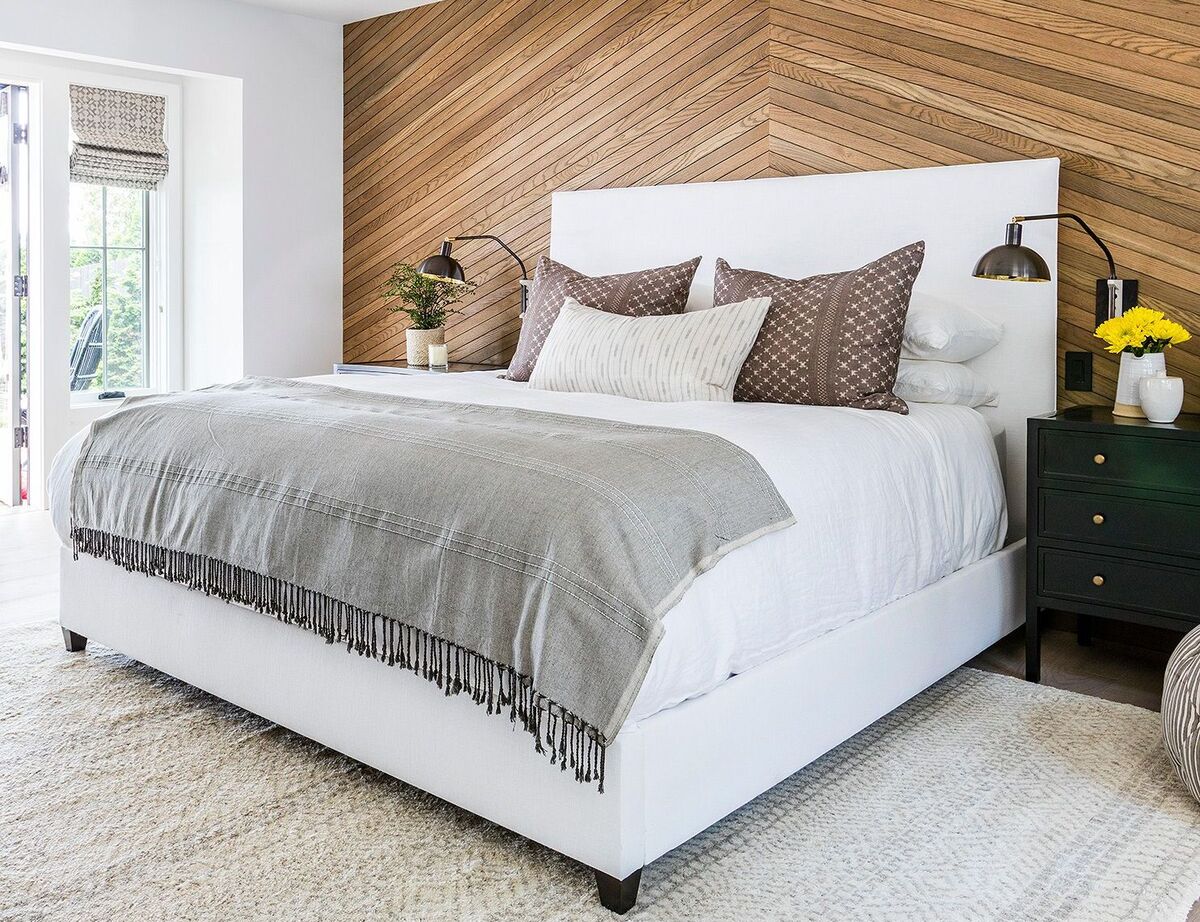

Interior Design
Feng Shui Bedroom Colors: 10 Ways To Use The Principles Of Feng Shui
Modified: January 19, 2024
Enhance your interior design with Feng Shui bedroom colors. Discover 10 effective ways to incorporate the principles of Feng Shui for a harmonious and balanced bedroom.
(Many of the links in this article redirect to a specific reviewed product. Your purchase of these products through affiliate links helps to generate commission for Storables.com, at no extra cost. Learn more)
Introduction
When it comes to creating a harmonious and relaxing space, the principles of Feng Shui can provide valuable guidance. This ancient Chinese practice focuses on the arrangement and flow of energy, or qi, to promote good health, well-being, and balance in various aspects of life, including the home.
One of the key elements in Feng Shui is color. The colors we choose for our living spaces can greatly affect the energy flow and atmosphere of a room, making it important to select the right colors for different areas of the home. In particular, the bedroom holds a significant role in Feng Shui, as it is a space dedicated to rest, rejuvenation, and intimacy.
In this article, we will explore ten ways to use the principles of Feng Shui to select and incorporate the right colors in your bedroom. Whether you are looking to create a calm and soothing atmosphere or ignite passion and creativity, understanding Feng Shui bedroom colors can help you achieve the desired ambience and optimize the flow of qi in your personal sanctuary.
So, let’s dive into the world of Feng Shui bedroom colors and discover how they can transform your space into a peaceful and harmonious haven.
Key Takeaways:
- Create a harmonious Feng Shui bedroom by understanding the energetic qualities of colors and choosing a balanced color palette that resonates with your personal preferences and desired atmosphere.
- Incorporate calming, vibrant, romantic, or earthy colors strategically to promote rest, creativity, love, and balance in your Feng Shui bedroom, while honoring your unique style and intuition.
Understanding Feng Shui Bedroom Colors
In Feng Shui, each color carries specific energies and has the power to influence different aspects of our lives. When it comes to selecting bedroom colors, it is important to consider the desired energy and intention for the space.
For example, soothing and calming colors are ideal for creating a peaceful and restful atmosphere, while vibrant and energizing colors can inspire creativity and passion. Understanding the emotional and energetic qualities of each color can help you make informed decisions when choosing a color palette for your bedroom.
Here are some common colors used in Feng Shui bedroom design and their associated meanings:
- Blue: Blue is associated with calmness, serenity, and relaxation. It promotes a sense of tranquility and is believed to improve sleep quality. Light shades of blue are particularly soothing, while darker shades can add depth and grounding to the space.
- Green: Green symbolizes growth, renewal, and harmony. It represents the energy of nature and promotes a sense of balance and abundance. Green is a great choice for bedrooms as it encourages relaxation, promotes healing, and balances emotions.
- White: White is often associated with purity, clarity, and freshness. It creates a sense of openness and cleanliness, making it an excellent choice for small or cluttered bedrooms. White also symbolizes new beginnings and supports a peaceful and calm atmosphere.
- Pink: Pink is the color of love, romance, and tenderness. It evokes feelings of warmth, compassion, and nurturing energy. Soft pink shades can create a romantic and intimate ambiance, making it an ideal choice for couples’ bedrooms.
- Purple: Purple is a color of luxury, spirituality, and transformation. It enhances creativity and intuition, making it a suitable choice for those seeking inspiration. However, it is important to use purple sparingly in the bedroom, as excessive amounts can create a heavy and overwhelming atmosphere.
- Yellow: Yellow represents happiness, optimism, and positivity. It can uplift the mood and increase energy levels. However, bright and intense shades of yellow should be used in moderation, as they can be too stimulating for a restful sleep environment. Pale yellow tones are more soothing and gentle.
- Red: Red is the color of passion, vitality, and strength. It stimulates energy and can ignite passion and desire. However, excessive use of red in the bedroom can lead to restlessness and overstimulation. It is best to use red as an accent color rather than the main color in the room.
These are just a few examples of the colors commonly used in Feng Shui bedroom design. It is essential to choose colors that resonate with your personal preferences and desires while considering the specific energy you want to cultivate in your bedroom space. By understanding the energetic qualities of different colors, you can create a harmonious and balanced environment that promotes rest, relaxation, and overall well-being.
Choosing the Right Color Palette
Once you have a good understanding of the energetic qualities of different colors, it’s time to choose the right color palette for your Feng Shui bedroom. A well-curated color palette creates a harmonious and balanced atmosphere, allowing the energy to flow freely and promoting a sense of peace and relaxation.
Here are some tips to help you choose the right color palette for your space:
- Consider the size and natural light in your bedroom: The size and natural light in your bedroom can greatly impact how colors appear. Lighter hues can make a small space feel more open, while darker tones can add depth and coziness to larger rooms. If your bedroom receives ample natural light, you may opt for cooler tones to create a calming and serene environment.
- Think about the purpose and desired energy: Consider the purpose of your bedroom and the energy you want to cultivate. For example, if you want to create a space for relaxation and rejuvenation, choose calming colors such as soft blues, greens, or neutrals. If you want to ignite passion and romance, consider incorporating shades of pink or red as accents.
- Use the color wheel: The color wheel can be a useful tool in selecting a harmonious color palette. Analogous colors, which are adjacent to each other on the color wheel, create a sense of unity and harmony. Complementary colors, which are opposite each other on the color wheel, can add a lively and dynamic contrast. Experiment with different combinations to find the balance that resonates with you.
- Consider the Feng Shui Bagua: The Feng Shui Bagua is a map used to analyze the energy flow in a space. Each area of the Bagua corresponds to a different aspect of life, such as wealth, relationships, or health. When selecting a color palette, you can align the colors with the corresponding areas of the Bagua to enhance the desired energy in each aspect of your life.
- Take personal preferences into account: While it is essential to consider the principles of Feng Shui, it is equally important to honor your personal preferences and tastes. Your bedroom is a reflection of your individuality and should feel like a sanctuary that resonates with you. Don’t be afraid to incorporate colors that bring you joy and make you feel comfortable.
Remember, creating a harmonious color palette is all about finding the right balance. Experiment with different shades and combinations to create a space that promotes relaxation, rejuvenation, and positive energy. Trust your intuition and let the colors you choose reflect your unique personality and desired atmosphere in your Feng Shui bedroom.
The Power of Calming Colors
When it comes to creating a peaceful and restful haven in your bedroom, calming colors play a crucial role. These colors have the ability to soothe the mind, relax the body, and create a serene atmosphere that promotes deep and restorative sleep.
Here are some calming colors that you can consider incorporating into your Feng Shui bedroom:
- Blue: Blue is often associated with tranquility and calmness. It has a calming effect on the mind and body, making it an excellent choice for bedrooms. Light shades of blue, such as powder blue or sky blue, can create a serene and spacious feel in the room. Avoid using dark shades of blue, as they can evoke a sense of sadness or melancholy.
- Green: Green is a color of nature and has a soothing and refreshing quality. It symbolizes growth, renewal, and harmony. Shades of green, such as sage green or mint green, can create a peaceful and balanced environment in your bedroom. Additionally, green is also believed to have a healing effect on the body and mind.
- Lavender: Lavender is a calming and gentle color that promotes relaxation and tranquility. It has been used for centuries to create a soothing ambiance in bedrooms. Lavender hues, reminiscent of fields of lavender in bloom, can create a sense of serenity and help relieve stress and anxiety.
- Gray: Gray is a neutral color that can create a calming and sophisticated atmosphere in your bedroom. Light shades of gray, such as dove gray or pale silver, can evoke a sense of tranquility and serenity. Gray works well as a backdrop color and can be complemented with other soft and calming tones.
- White: White is a classic color that can create a clean and serene ambiance in the bedroom. It symbolizes purity and simplicity, and it reflects light, making small spaces appear more open and spacious. White also works well in combination with other calming colors to create a peaceful and harmonious atmosphere.
When incorporating calming colors into your bedroom, consider using them as the main color for the walls or larger furniture pieces. Complement these colors with softer accents and furniture in lighter shades or natural materials to create a balanced and inviting space.
By incorporating calming colors into your Feng Shui bedroom design, you can create a peaceful and restful sanctuary that promotes deep relaxation and rejuvenation. These colors will help your mind and body unwind, allowing you to experience a more restorative and restful sleep.
Inspiring Creativity with Vibrant Hues
While a calming and tranquil atmosphere is often desirable in the bedroom, there are instances where you may want to evoke a sense of energy, inspiration, and creativity. Vibrant hues can play a significant role in infusing your Feng Shui bedroom with excitement and motivation.
Here are some vibrant colors that can inspire creativity in your bedroom:
- Yellow: Yellow is a joyful and lively color that can stimulate the mind and spark creativity. It is associated with optimism, energy, and mental clarity. Incorporating shades of yellow, such as sunny yellow or golden yellow, can add a vibrant and cheerful touch to your bedroom. However, be mindful not to use overly bright or intense shades that may cause restlessness.
- Orange: Orange is a color of passion, enthusiasm, and creativity. It combines the fiery energy of red with the happiness of yellow. Orange hues, such as tangerine or apricot, can add a dynamic and energetic vibe to your bedroom. Consider using orange as an accent color through artwork, accessories, or textiles.
- Red: Red is a powerful and energizing color that can ignite passion and creativity. It symbolizes strength, courage, and vitality. Incorporating touches of red in your bedroom can stimulate energy and inspire action. However, use red sparingly, as excessive use may lead to restlessness and overstimulation.
- Purple: Purple is associated with luxury, spirituality, and creativity. It stimulates the imagination and encourages deep thinking. Incorporating shades of purple, such as lavender or lilac, can create a sense of whimsy and inspiration in your bedroom. Use purple as an accent color through pillows, curtains, or artwork.
When using vibrant hues in your bedroom to inspire creativity, it is crucial to find a balance between the energizing effect and creating a space conducive to rest. Consider using these vibrant colors as accents, such as in decorative items, artwork, or furnishings, to add pops of energy without overwhelming the tranquil atmosphere of the bedroom.
In addition to color, you can also incorporate elements that inspire creative thinking, such as an art display, a vision board, or a designated workspace. These elements, combined with the vibrant hues, will create a stimulating and inspiring environment that nurtures your creativity in the Feng Shui bedroom.
Remember, the key is to strike a balance between a peaceful atmosphere for rest and a vibrant environment for creative energy. By incorporating vibrant hues strategically, you can create a Feng Shui bedroom that encourages and inspires your creative pursuits while still promoting a sense of calm and relaxation.
Enhancing Love and Relationships with Romantic Tones
In Feng Shui, the bedroom is not only a place for rest and relaxation but also a space to enhance love and relationships. By incorporating romantic tones into your bedroom design, you can create a harmonious and intimate atmosphere that fosters love, passion, and connection.
Here are some romantic colors that can enhance love and relationships in your Feng Shui bedroom:
- Pink: Pink is often associated with love, romance, and tenderness. It evokes feelings of warmth, affection, and nurturing energy. Soft shades of pink, such as blush or pastel pink, can create a gentle and romantic ambiance in your bedroom. Use pink in bedding, curtains, or decorative accents to infuse the space with love energy.
- Red: Red is the color of passion, desire, and strong emotions. It symbolizes love, energy, and vitality. Incorporating touches of red in your bedroom can ignite passion and intensify the connection between partners. However, be cautious not to overwhelm the space with excessive red, as it can create an intense and fiery atmosphere.
- Purple: Purple is a color of luxury, sensuality, and mystique. It can enhance the romantic energy in the bedroom by promoting deep emotional connection and intimacy. Shades of purple, such as lavender or mauve, can create a dreamy and romantic atmosphere. Use purple in pillows, rugs, or artwork to evoke a sense of romance.
- White: White is a classic color often associated with purity and innocence. It can create a clean and serene backdrop for a romantic atmosphere. White linens, curtains, or embellishments can evoke a sense of purity and create a blank canvas for love to flourish. Additionally, white stimulates clarity and open communication in relationships.
When incorporating romantic tones into your bedroom, it is important to create a balanced and harmonious environment. Consider combining these romantic colors with softer neutral tones, such as cream or beige, to create a soothing and inviting atmosphere.
In addition to color, you can also enhance the romantic energy in your bedroom through thoughtful design choices. Incorporate soft lighting, sensual textures, and symbols of love, such as heart-shaped decorations or artwork depicting couples, to further set the romantic mood.
Remember, creating a romantic Feng Shui bedroom is about creating a space that supports love, intimacy, and connection. By using romantic tones and incorporating elements that evoke passion and tenderness, you can cultivate a loving and harmonious atmosphere that is conducive to nurturing relationships.
Choose calming and soothing colors for your bedroom, such as soft blues, greens, and neutrals, to promote relaxation and balance according to Feng Shui principles.
Boosting Energy and Motivation with Bold Shades
While tranquility and relaxation are often associated with bedroom spaces, there may be times when you want to infuse your Feng Shui bedroom with energy and motivation. Bold shades can be the perfect choice to create a vibrant and invigorating atmosphere that stimulates productivity and motivation.
Here are some bold colors that can boost energy and motivation in your bedroom:
- Yellow: Yellow is a color associated with energy, positivity, and brightness. It stimulates the mind and enhances focus and concentration. Opt for bold shades of yellow, such as sunflower or mustard, to create an energetic and uplifting mood in your bedroom. However, be mindful not to use too much yellow, as it can be overwhelming in a restful environment.
- Orange: Orange is a color that exudes enthusiasm, creativity, and optimism. It stimulates energy and motivates action. Consider using bold shades of orange, such as fiery orange or tangerine, to infuse your bedroom with vitality and passion. Use orange as an accent color through accessories or statement furniture pieces.
- Red: Red is a powerful and stimulating color that represents energy, courage, and ambition. It can ignite passion and determination. Incorporating bold touches of red in your bedroom can boost motivation and drive. However, it is important to use red selectively, as too much red can create an overpowering and restless atmosphere.
- Green: Green is a color associated with growth, abundance, and freshness. It symbolizes balance and harmony. Bold shades of green, such as emerald or forest green, can create a stimulating and invigorating environment. Green stimulates creativity and promotes a sense of renewal and motivation.
When working with bold shades in your bedroom, it’s essential to use them strategically to create a balance between stimulating energy and maintaining a restful atmosphere. Consider using these bold colors as accents, focal points, or in combination with neutral tones to create a dynamic and energized space.
In addition to color, you can also incorporate elements that promote energy and motivation in your Feng Shui bedroom. Add artwork that inspires you, incorporate plants and natural elements for vitality, and ensure adequate lighting to keep the space bright and invigorating.
Remember, a bedroom designed with bold shades should still provide a sense of relaxation and tranquility. By using bold colors strategically and complementing them with other elements, you can create a Feng Shui bedroom that boosts your energy and motivation while still providing a restful space for rejuvenation.
Finding Balance with Earthy and Neutral Colors
Incorporating earthy and neutral colors into your Feng Shui bedroom design can create a sense of grounding and balance. These colors evoke a connection with nature and foster a harmonious environment that promotes relaxation and stability.
Here are some earthy and neutral colors that can help you find balance in your bedroom:
- Beige: Beige is a warm and inviting neutral color that creates a sense of harmony and tranquility. It is often associated with comfort and stability. Use shades of beige to create a soothing and grounding backdrop in your bedroom. Beige works well as a primary color or as a complement to other bolder hues.
- Brown: Brown is a color that represents stability, security, and warmth. It connects us to the earth and promotes a sense of groundedness. Incorporate shades of brown, such as chocolate or caramel, through wood furniture or textured textiles to create a cozy and comforting atmosphere.
- Tan: Tan is a versatile neutral color that brings a sense of serenity and calmness to a space. It is soothing and can create a timeless and elegant look in your bedroom. Use tan as a soothing backdrop or as a complement to other colors for a cohesive and balanced aesthetic.
- Gray: Gray is a neutral color that can create a sense of sophistication and calmness in your bedroom. It ranges from light gray to charcoal, offering various shades to suit different styles and preferences. Gray pairs well with a variety of colors and can be used as a versatile foundation for your bedroom design.
- White: White is a classic color associated with purity, cleanliness, and simplicity. It creates a feeling of openness and spaciousness in a room. Incorporate white as a dominant color in your bedroom to create a serene and peaceful atmosphere. White also allows other elements in the room to shine and can be a perfect canvas for creativity.
Earthly and neutral colors can create a harmonious and balanced environment in your Feng Shui bedroom. Incorporate these colors through walls, furniture, bedding, and décor to bring a sense of stability and grounding to the space.
In addition to the colors, consider incorporating natural elements, such as wooden furniture or plants, to further enhance the earthy and calming atmosphere in your bedroom. Incorporating textures and patterns inspired by nature, such as woven rattan or subtle floral prints, can also add depth and visual interest to the space.
Remember, finding balance in your bedroom is essential to create a harmonious and tranquil environment. By incorporating earthy and neutral colors, you can promote a sense of stability, grounding, and relaxation in your Feng Shui bedroom.
Harmonizing Yin and Yang with Contrasting Colors
In Feng Shui philosophy, the concept of Yin and Yang represents the balance between opposing forces. Yin is associated with calmness, relaxation, and introspection, while Yang represents energy, activity, and sociability. By incorporating contrasting colors in your Feng Shui bedroom, you can achieve a harmonious balance between these two energies.
Here are some contrasting colors that can help harmonize Yin and Yang in your bedroom:
- Black and White: Black and white are classic contrasting colors that represent the ultimate Yin-Yang dichotomy. Black is associated with strength, mystery, and introspection, while white symbolizes purity, clarity, and openness. Use a combination of black and white to create a visually striking and balanced look in your bedroom. This can be done through bedding, accent décor, or even a black and white feature wall.
- Dark and Light: Contrast can also be achieved by using different shades of the same color. For example, pairing dark gray or navy blue with a lighter shade of gray or pastel blue can create a sense of depth and dimension in your bedroom. This combination harmonizes Yin and Yang energies, balancing calmness with energy and creating a visually appealing contrast.
- Warm and Cool Tones: Another way to harmonize Yin and Yang in your bedroom is by using warm and cool tones together. Warm colors, such as shades of red, orange, and yellow, represent Yang energy, while cool colors like blue and green embody Yin energy. Combining warm and cool tones in a balanced manner can create a harmonious and visually stimulating environment.
- Bright and Neutral: Bring together bright, vibrant colors with neutral tones to achieve a contrast that embodies both Yin and Yang energies. For instance, pair a bold accent color, such as fiery red or electric blue, with neutral hues like beige or white. This combination allows for a dynamic and energizing space while still providing a sense of balance and tranquility.
When using contrasting colors, it is important to maintain a sense of balance and avoid overwhelming the space. Use contrasting colors strategically as accents, focal points, or in moderation throughout the room.
Remember, the goal is to find a balance between Yin and Yang energies in your bedroom. By incorporating contrasting colors, you can create a visually stimulating and harmonious space that supports both relaxation and activity, achieving a sense of harmony in your Feng Shui bedroom.
Incorporating Elemental Colors for a Balanced Space
In Feng Shui, the concept of the five elements – Wood, Fire, Earth, Metal, and Water – plays a significant role in creating a balanced and harmonious living space. Each element represents specific energies and qualities, and incorporating their corresponding colors in your bedroom can help establish a harmonious flow of energy.
Here are the elemental colors and their associated energies to consider when designing your Feng Shui bedroom:
- Wood (Green and Brown): The Wood element symbolizes growth, vitality, and abundance. Incorporating shades of green and brown in your bedroom can evoke a sense of nature and renewal. Green represents the energy of plants and promotes harmony and balance, while brown represents stability and grounding.
- Fire (Red and Orange): The Fire element represents passion, energy, and transformation. Including shades of red and orange in your bedroom can ignite passion and stimulate creativity. Red symbolizes love and intensity, while orange represents warmth, joy, and enthusiasm. Use these colors sparingly as accents to avoid overwhelming the space.
- Earth (Yellow and Beige): The Earth element symbolizes stability, nourishment, and grounding. Incorporating shades of yellow and beige in your bedroom can create a sense of stability and balance. Yellow represents nurturing energy and optimism, while beige represents calmness and provides a grounding presence in the room.
- Metal (White and Gray): The Metal element represents precision, clarity, and purity. Including shades of white and gray in your bedroom can create a sense of clarity and promote a calm and organized environment. White embodies purity and simplicity, while gray symbolizes elegance and helps to focus the mind.
- Water (Blue and Black): The Water element represents fluidity, tranquility, and wisdom. Incorporating shades of blue and black in your bedroom can create a soothing and reflective atmosphere. Blue promotes a sense of calmness and relaxation, while black symbolizes depth and introspection. Use these colors in moderation to maintain a balanced energy.
By incorporating the elemental colors into your bedroom design, you can create a space that is in harmony with the natural energies of the five elements. Consider these colors for walls, bedding, accessories, or artwork to enhance the desired energy and create a balanced environment in your Feng Shui bedroom.
Remember, the goal is to achieve a balance between these elements in your bedroom. By using their corresponding colors, you can create a harmonious and energetically balanced space that supports overall well-being and encourages positive flow of energy.
Combining Colors for a Personalized Approach
When it comes to designing your Feng Shui bedroom, it’s important to remember that color choice is a highly personal decision. While there are general guidelines and associations with different colors in Feng Shui, it’s essential to create a space that reflects your individual style and preferences. Combining colors in a personalized way allows you to create a unique and harmonious bedroom environment.
Here are some tips for combining colors in your Feng Shui bedroom:
- Start with a base color: Choose a base color that resonates with you and sets the tone for the room. This can be a calming color like blue or green, or a neutral color like beige or gray. The base color will determine the overall ambiance and should be one that you find soothing and comfortable.
- Add complementary colors: Once you have your base color, you can add complementary colors to enhance the overall energy of the space. Complementary colors are colors that are opposite each other on the color wheel, such as blue and orange or green and red. These combinations create a visually striking and balanced effect in the room.
- Consider the Bagua: The Bagua is a Feng Shui map that divides a space into different areas representing different aspects of life. Consider the colors associated with each area of the Bagua and incorporate them into your bedroom design accordingly. For example, if you want to enhance wealth and abundance, you may incorporate shades of green or purple in the corresponding area.
- Play with shades and tones: Experiment with different shades and tones of your chosen colors to add depth and dimension to the room. Incorporating light and dark shades of the same color can create a visually pleasing contrast. Consider using lighter shades for larger surfaces such as walls and furniture, and darker shades for accents and accessories.
- Add personal touches: Incorporate colors that hold personal meaning or evoke certain emotions for you. For example, if a specific color reminds you of a positive memory or represents qualities you want to embody, incorporate it into your bedroom design. Your personal connection to the colors will enhance the overall energy and create a space that feels uniquely yours.
Remember, the key to combining colors in your Feng Shui bedroom is to create a balanced and harmonious environment that aligns with your personal style and promotes positive energy flow. Trust your intuition and let your creativity guide you in selecting colors that create a space where you feel comfortable, peaceful, and inspired.
By combining colors in a way that reflects your personality and preferences, you can create a personalized Feng Shui bedroom that is both visually appealing and energetically supportive.
Conclusion
Designing a Feng Shui bedroom involves much more than just selecting colors. It’s about creating a harmonious, balanced, and energetically supportive space that promotes rest, relaxation, and rejuvenation. By understanding the principles of Feng Shui and incorporating the right colors, you can transform your bedroom into a sanctuary that nourishes your body, mind, and spirit.
Whether you choose calming colors like blue and green to create a serene atmosphere, vibrant hues to inspire creativity, romantic tones to enhance love and relationships, or contrasting colors to harmonize Yin and Yang energies, each color selection has its unique impact on the energy flow within the room.
Consider the size and natural light in your bedroom, think about the purpose and desired energy, and use the color wheel to create a harmonious color palette. Additionally, incorporating elements such as natural materials, artwork, lighting, and personal touches further enhance the Feng Shui principles within the space.
Remember that while following Feng Shui guidelines is helpful, it’s equally important to honor your personal style, preferences, and intuition. Creating a personalized Feng Shui bedroom that resonates with you will ensure that the space truly feels like a sanctuary, reflecting your unique personality and promoting a sense of well-being.
Whether you’re seeking a peaceful retreat, an inspiring creative space, or a space to enhance your love and relationships, by incorporating the principles of Feng Shui and selecting the right colors, your bedroom can become a place of rejuvenation, balance, and harmony.
So, take the time to explore the world of Feng Shui bedroom colors, experiment with different hues, and create a space that supports your well-being and aligns with your intentions. May your Feng Shui bedroom bring you joy, tranquility, and a deep sense of inner peace.
Frequently Asked Questions about Feng Shui Bedroom Colors: 10 Ways To Use The Principles Of Feng Shui
Was this page helpful?
At Storables.com, we guarantee accurate and reliable information. Our content, validated by Expert Board Contributors, is crafted following stringent Editorial Policies. We're committed to providing you with well-researched, expert-backed insights for all your informational needs.
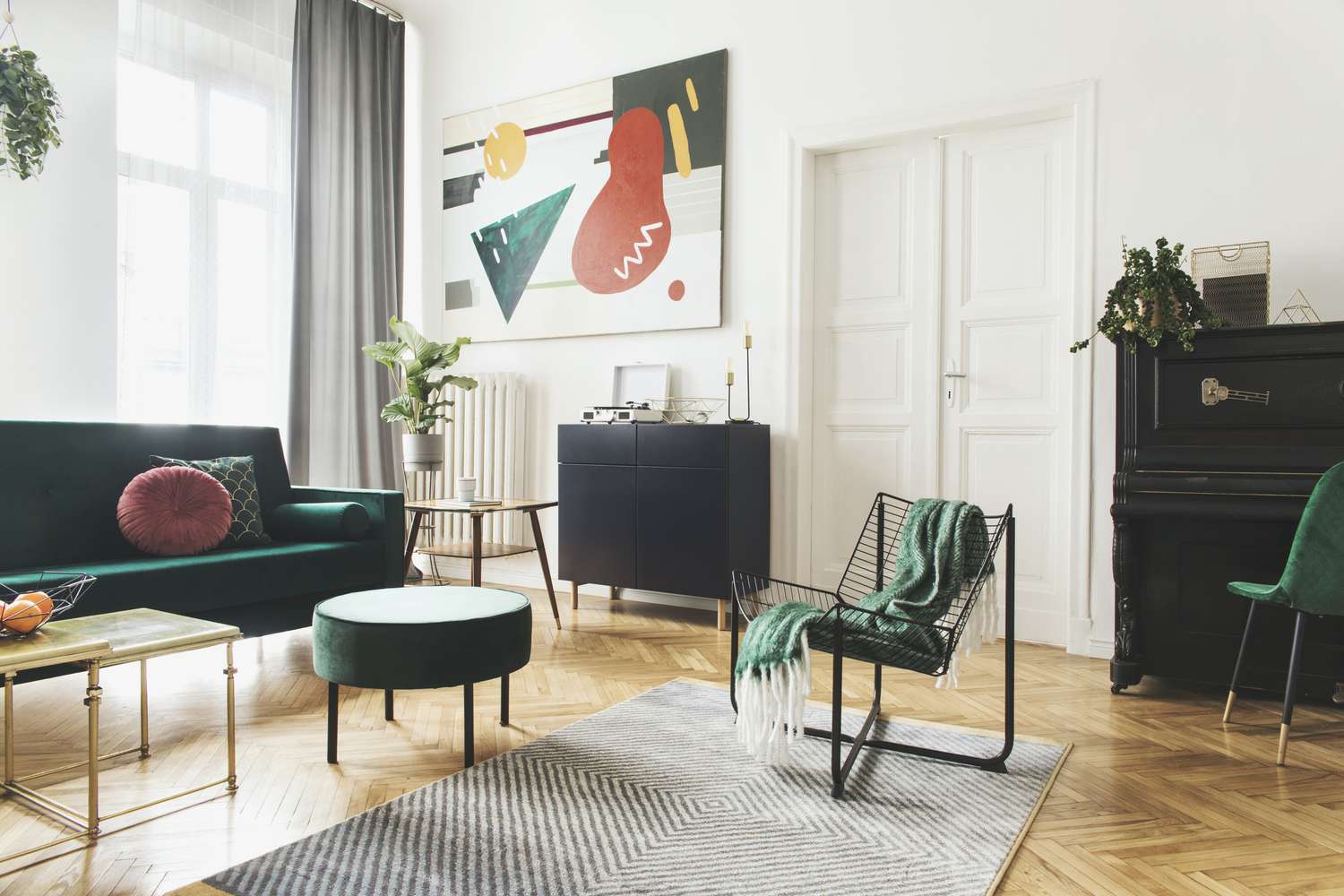
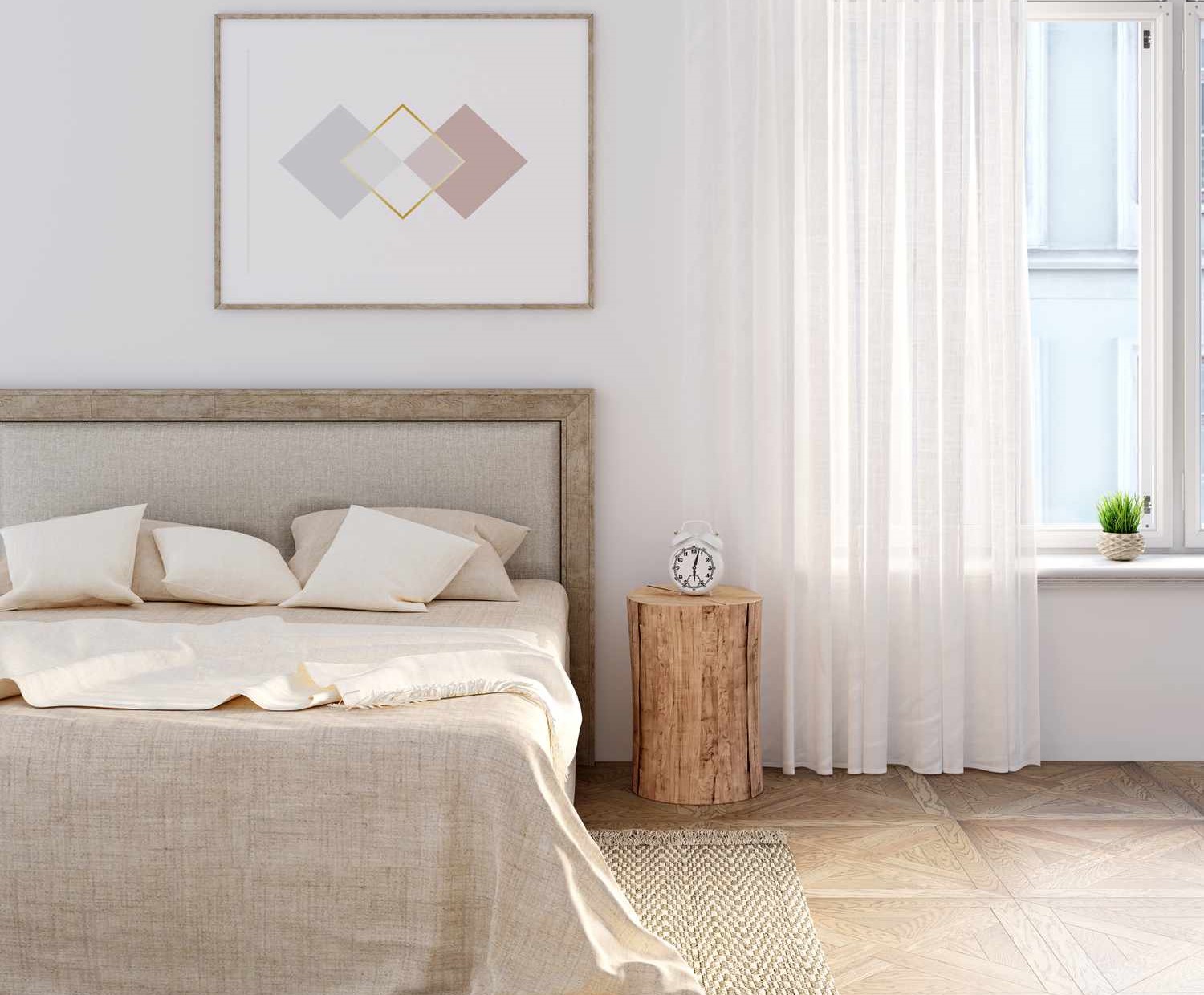
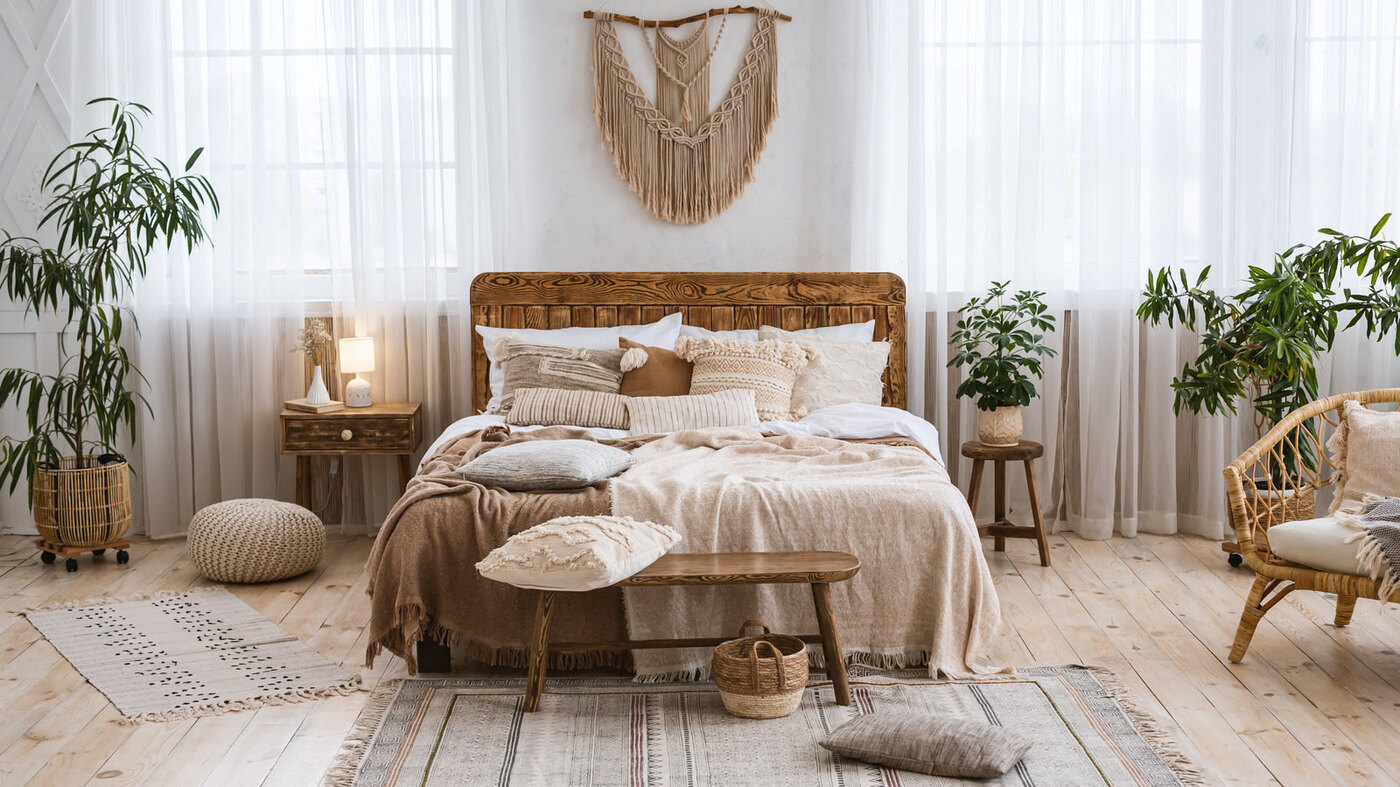
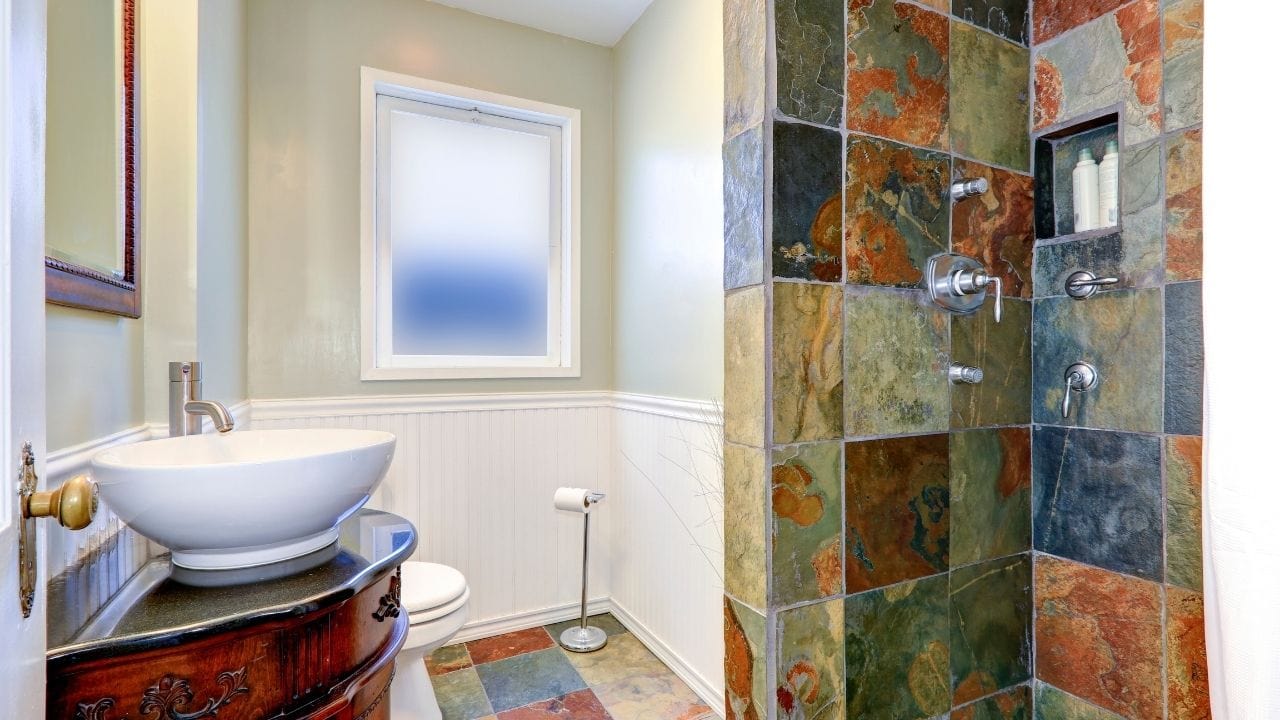
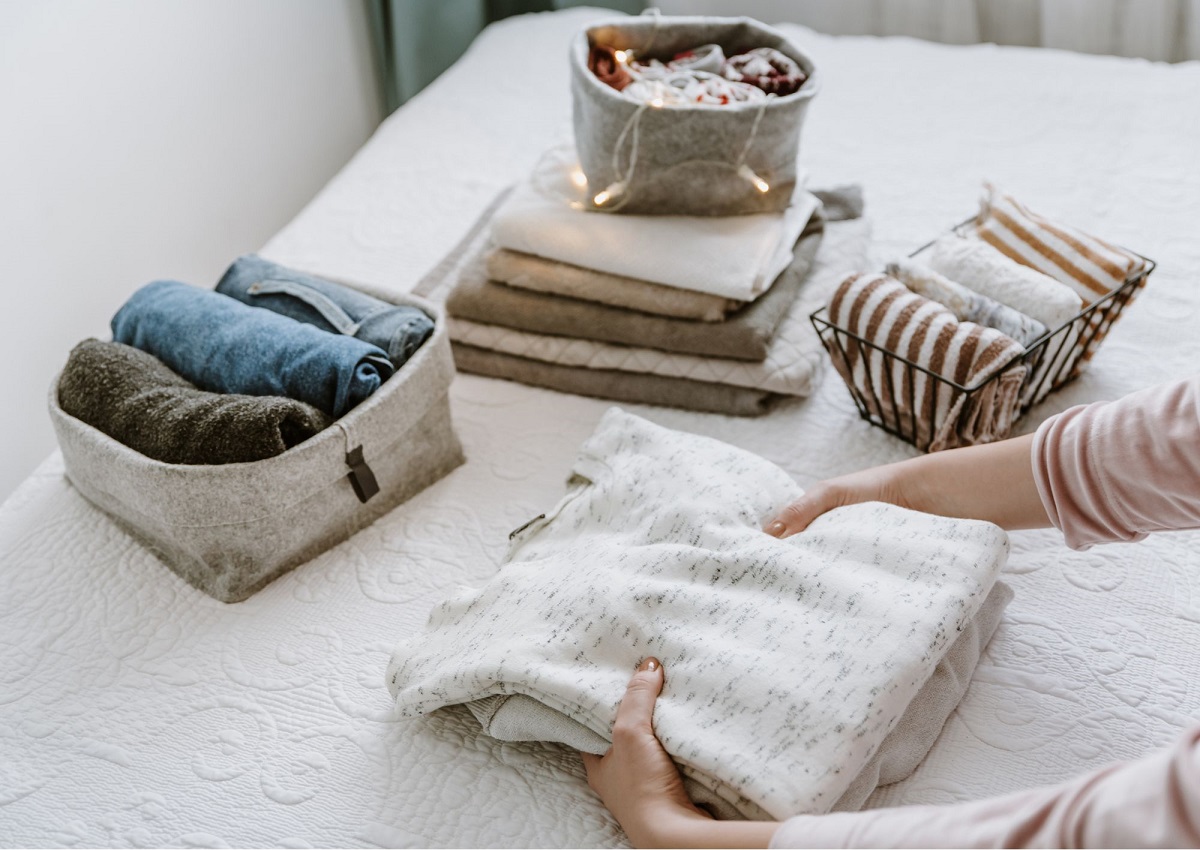
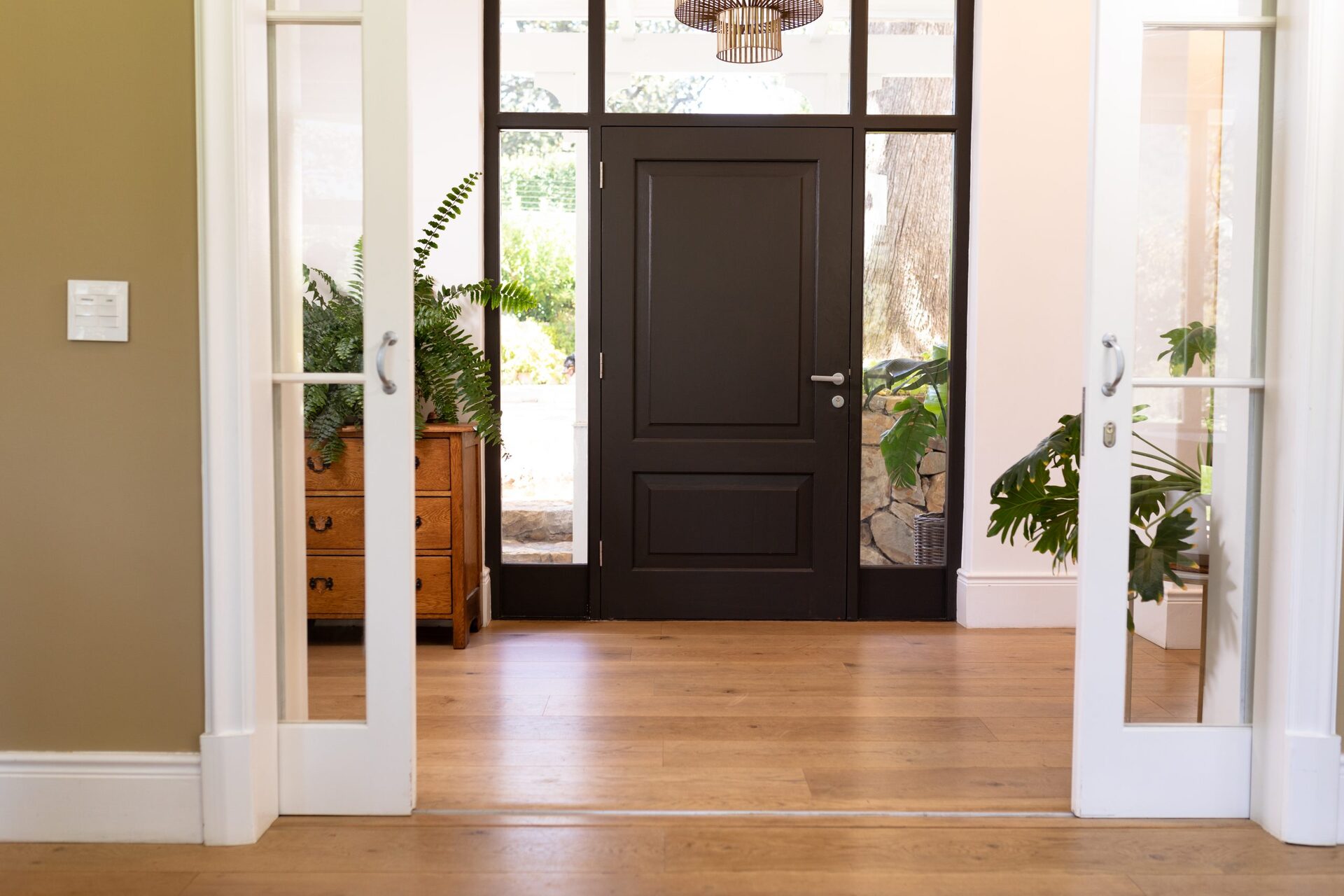
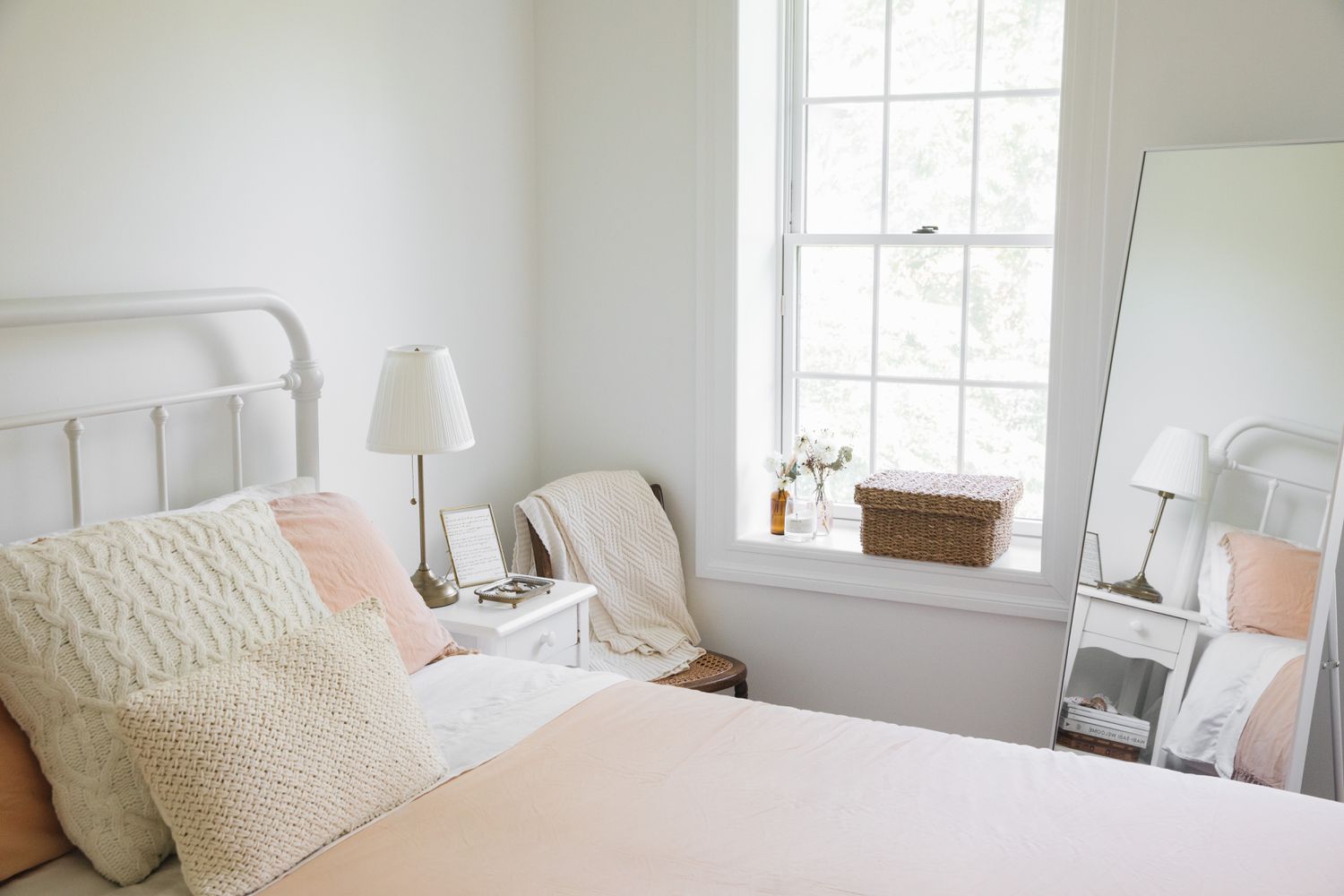
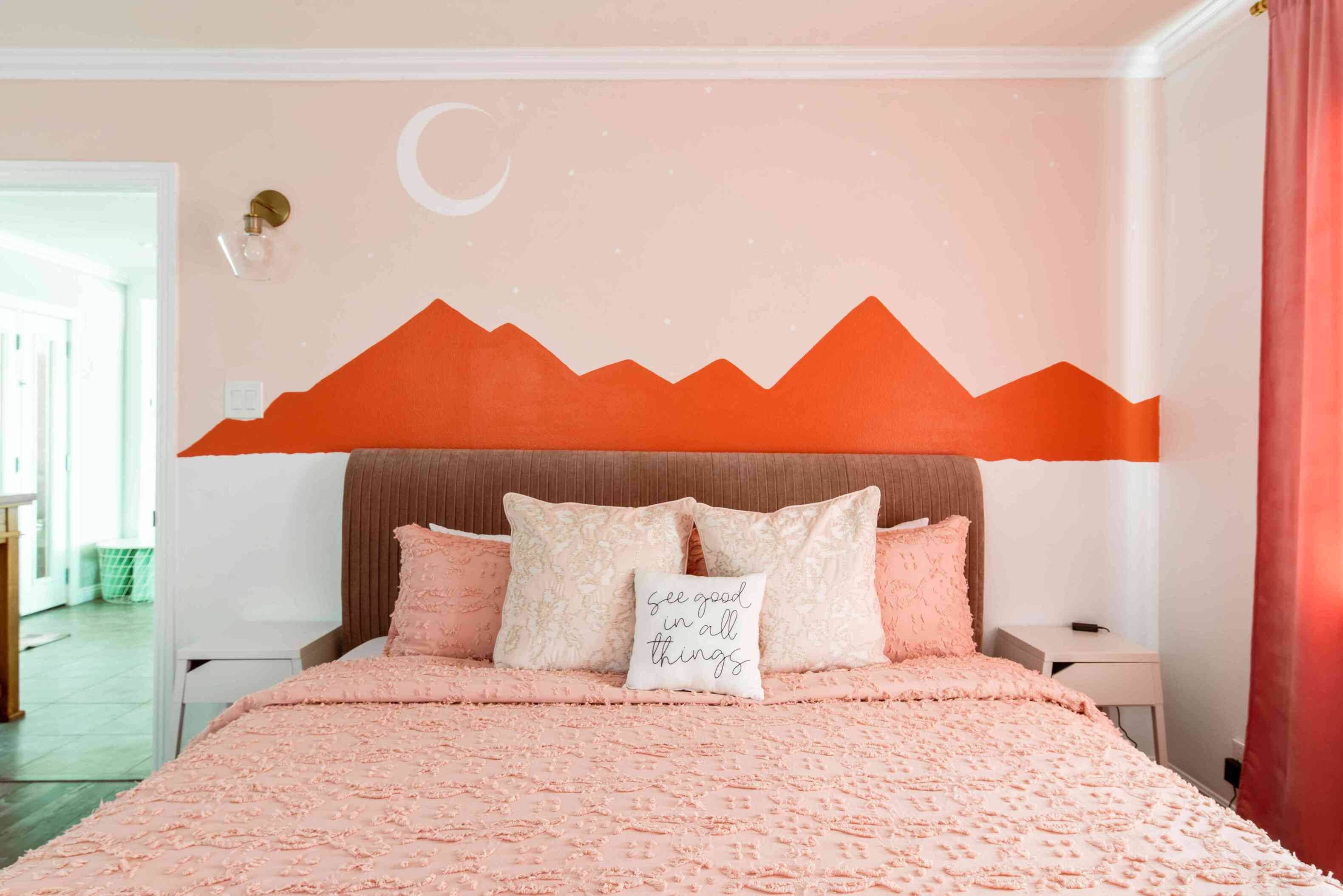
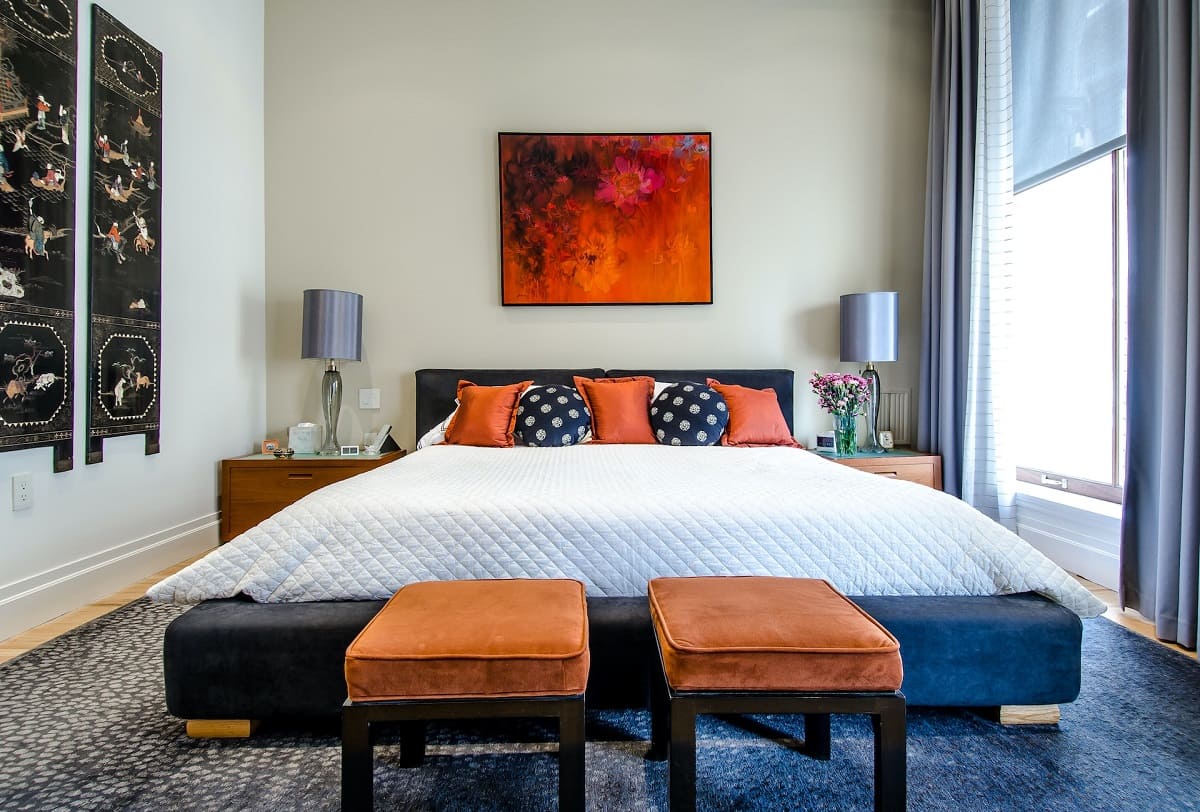
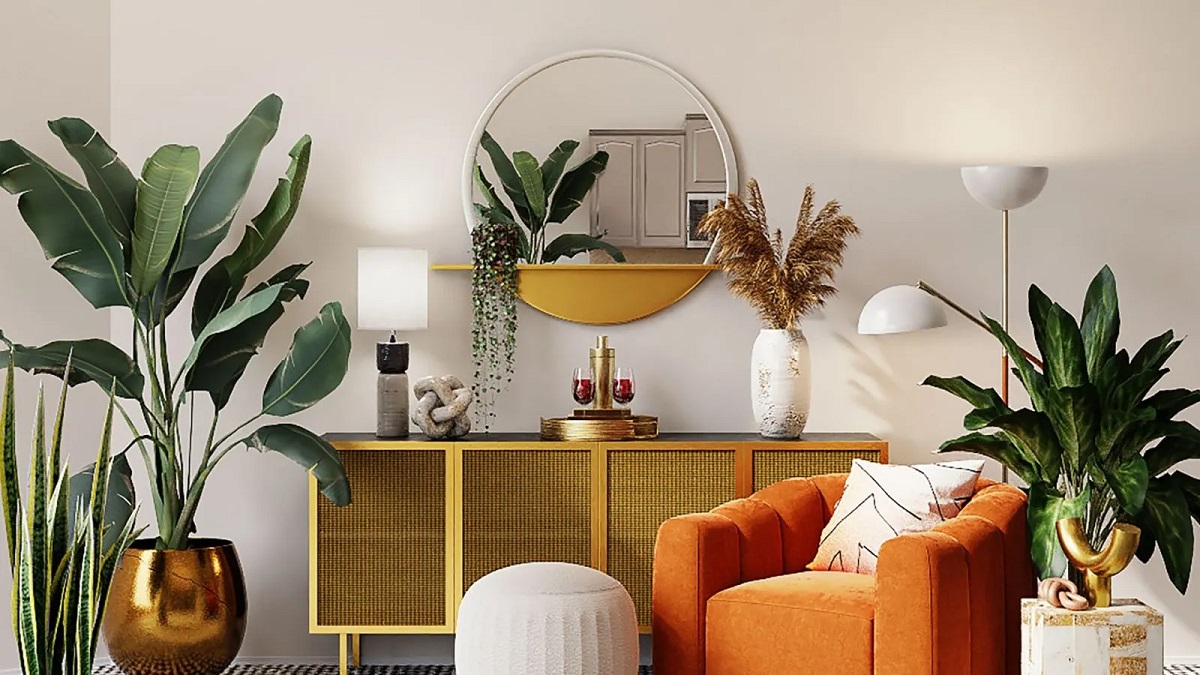
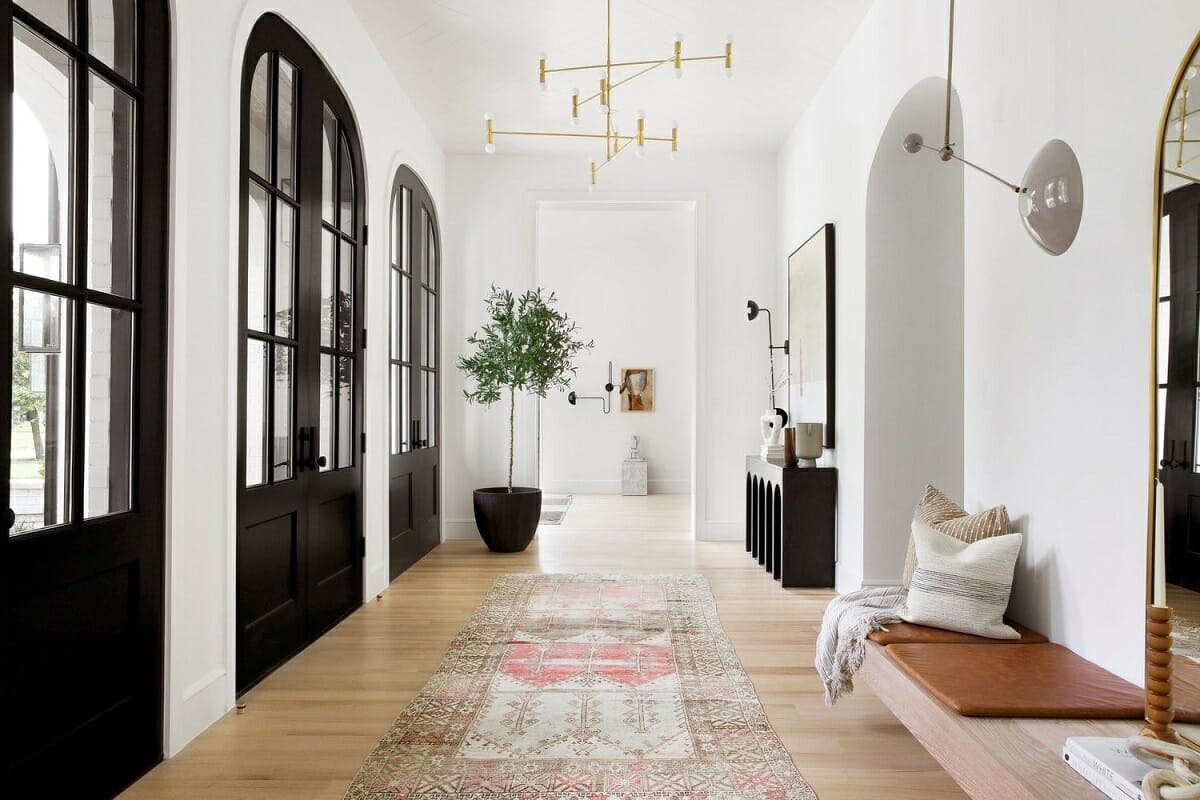
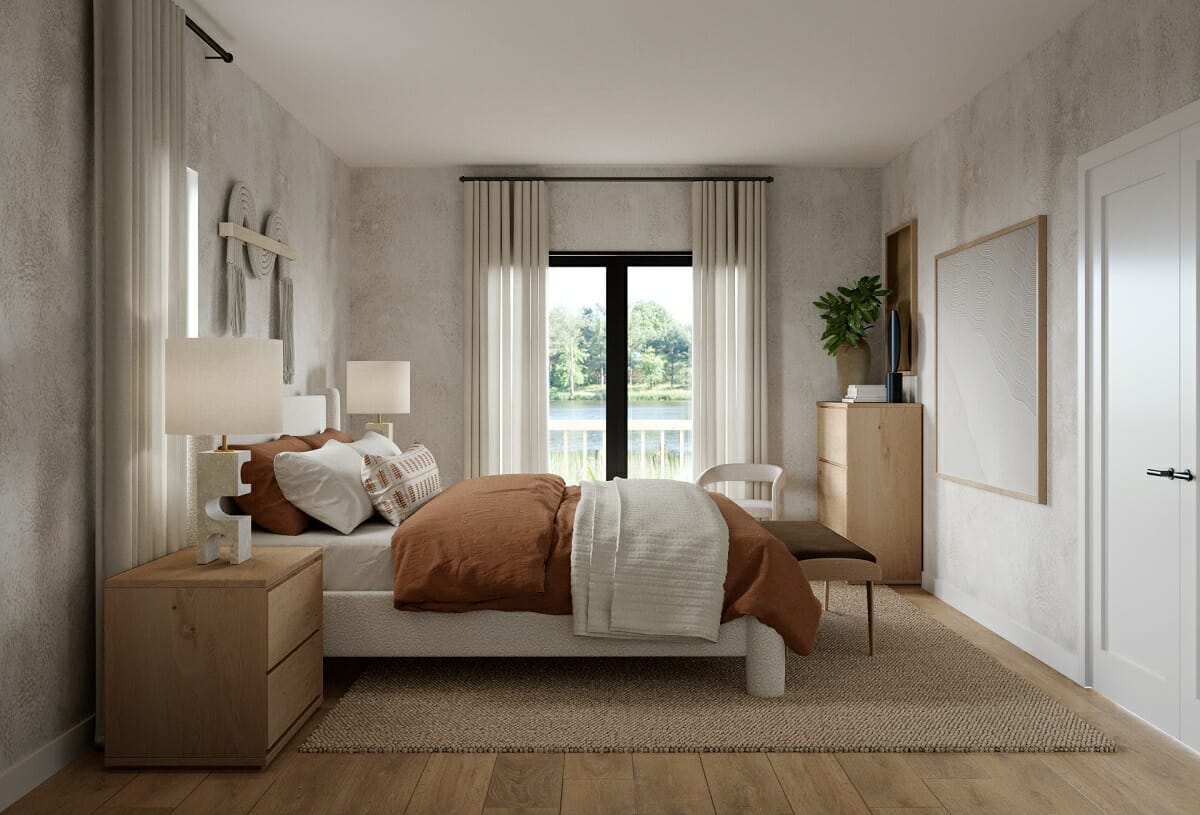
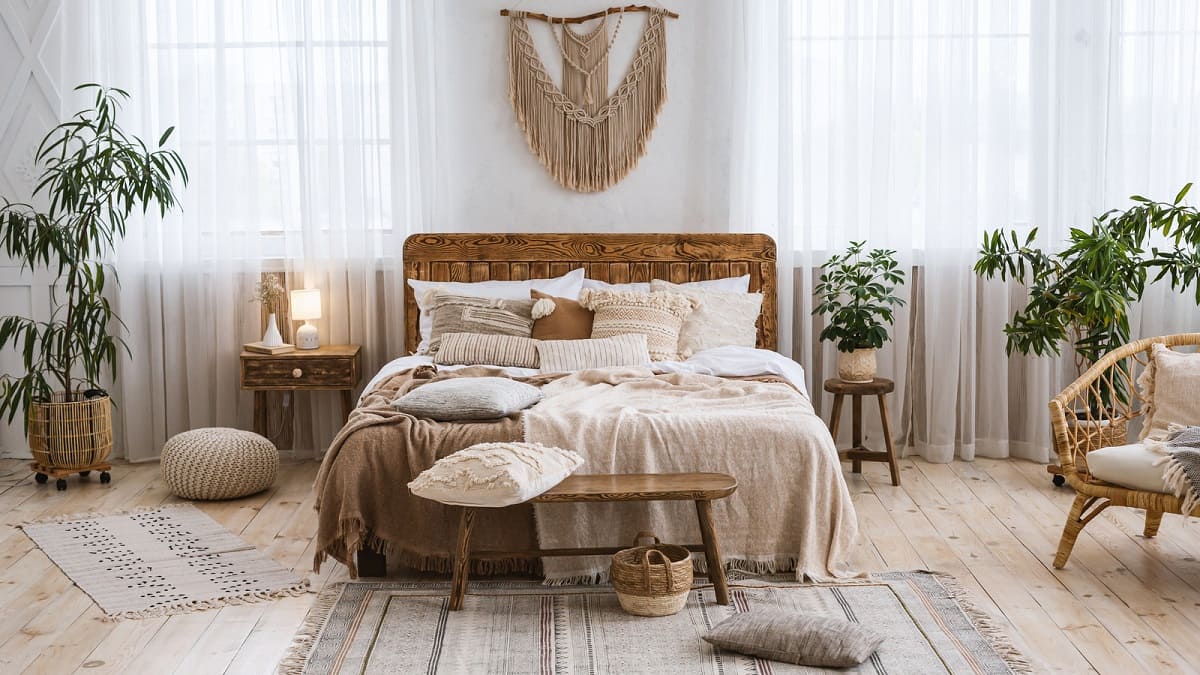

0 thoughts on “Feng Shui Bedroom Colors: 10 Ways To Use The Principles Of Feng Shui”